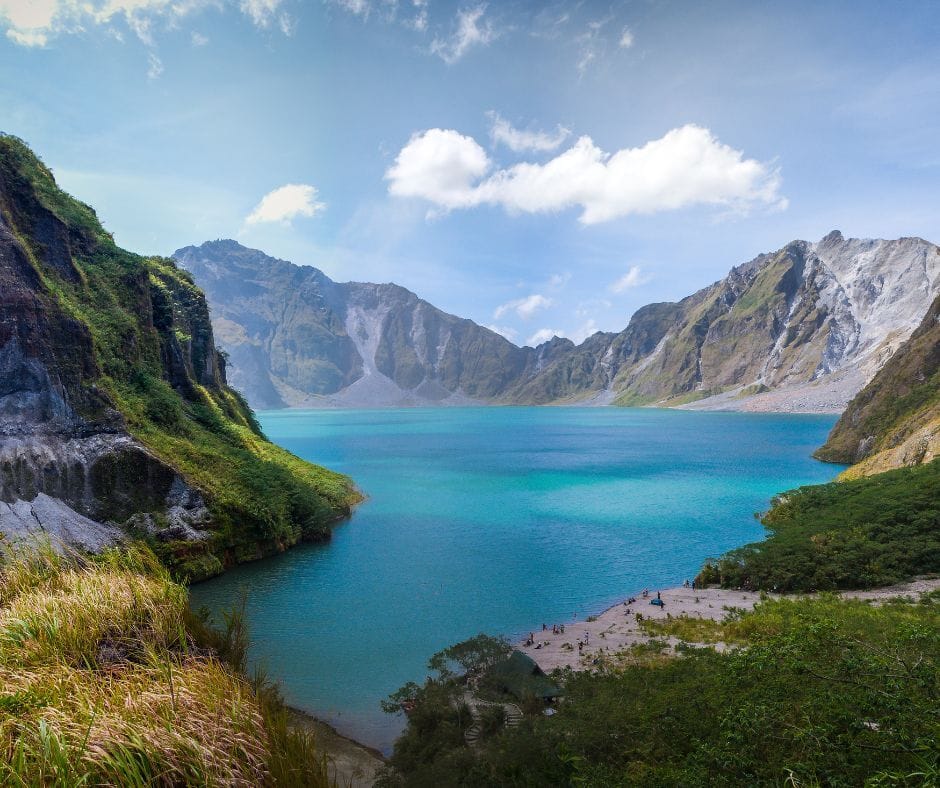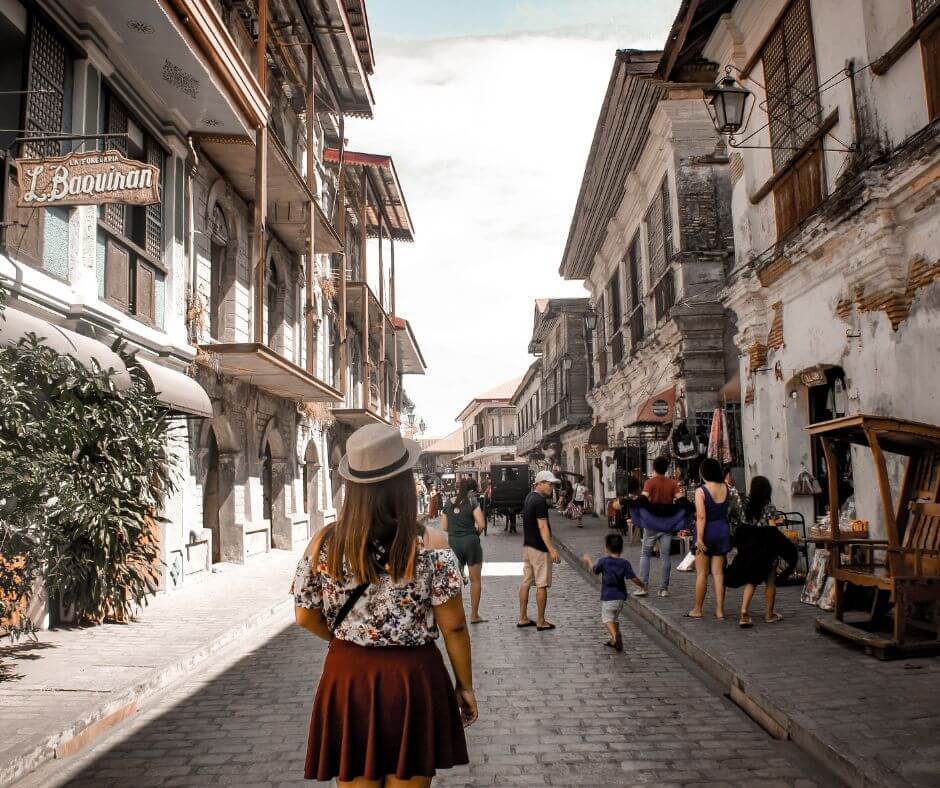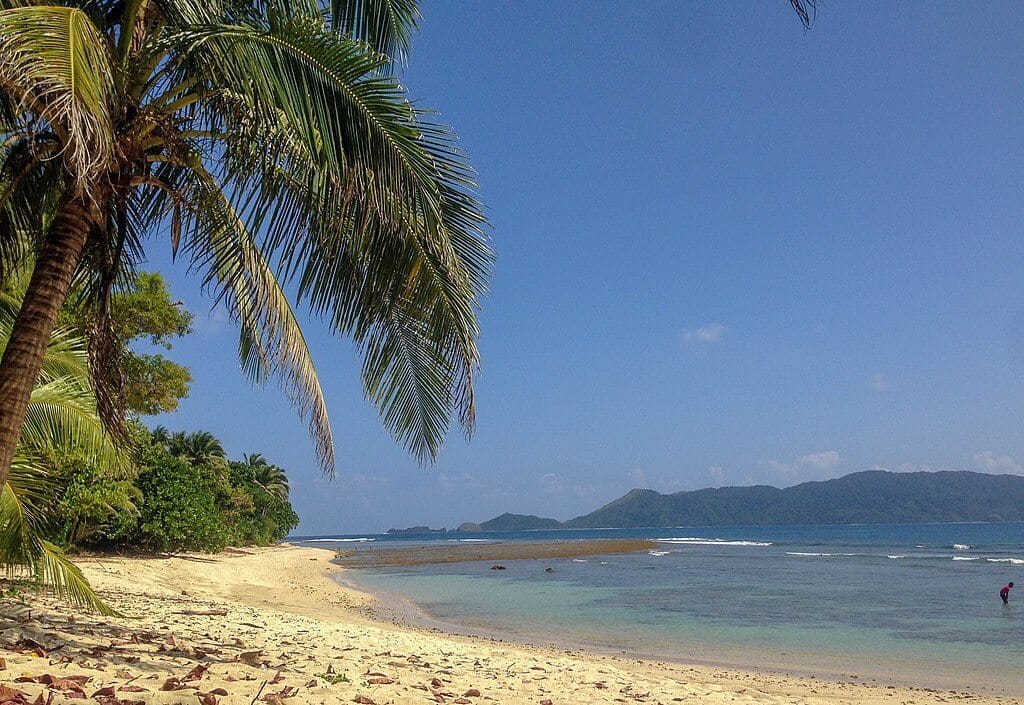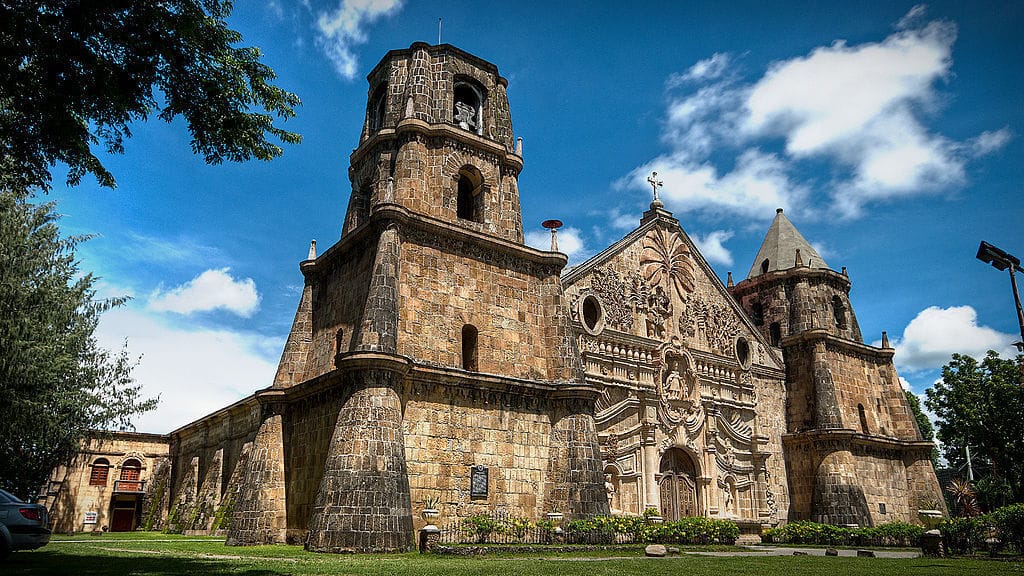- Finding Utopia Newsletter
- Posts
- Explore Luzon – The Soul of the Philippine Archipelago
Explore Luzon – The Soul of the Philippine Archipelago
Storie: Explore Luzon the Soul of the Philippine Archipelago - Aurora Province, Top Attractions, Hidden Beaches, and Surfing in the Philippines - Miag‐ao Church, A Fortress of Faith & Filipino Identity

Hello Everyone,
Welcome to Finding Utopia, your go-to newsletter for discovering how to travel the Philippines and beyond!
Here is what we have for you today.
Explore Luzon – The Soul of the Philippine Archipelago
Aurora Province – Top Attractions, Hidden Beaches, and Surfing in the Philippines
Miag‑ao Church – A Fortress of Faith & Filipino Identity
Explore Luzon – The Soul of the Philippine Archipelago

To journey through Luzon is to discover a microcosm of the Philippines—an island where vibrant cities blend with misty mountains, colonial echoes meet volcanic fury, and coastal wonder greets highland calm. Our latest blog, Luzon Travel Guide: The Soul of the Philippine Archipelago, offers an immersive exploration of this dynamic region.
Urban Pulse & Historic Treasures
Manila & Intramuros – Begin in the nation’s capital, where Spanish-era architecture in Intramuros contrasts with lively modern districts like Makati and BGC. Walk through Manila Cathedral, Fort Santiago, and enjoy a historical and gastronomic cityscape.
Vigan & Ilocos Norte – Wander the cobbled lanes of Vigan’s UNESCO-listed Calle Crisologo and visit Cape Bojeador Lighthouse for dramatic cliffside heritage.
Volcanic Heartbeats & Highland Breezes
Mount Pulag & the Cordilleras – Descend into Luzon’s highest peak (2,928 m), famous for its “sea of clouds.” Explore Ifugao rice terraces and ancient mummy caves—spiritual havens steeped in indigenous lore .
Mt. Pinatubo Caldera & Taal Volcano – Trek through volcanic landscapes to vivid crater lakes, or ride ATVs and bamboo rafts to Pinatubo’s breathtaking summit crater.
Nature’s Canvas & Adventure Trails
Hundred Islands & Pagsanjan Falls, Pangasinan – Kayak around emerald islets, zip-line over hidden bays, or traverse rapids to a magnificent waterfall and Devil’s Cave plunge.
Sagada & Cagayan Caves – In northeastern Luzon, journey into ancient caves—Sumaguing, Lumiang—and experience spelunking that connects you to earth’s depths.
Coastal Wonders & Beach Escapes
Baler & Aurora Coast – Ride the waves along the surf capital of Baler, then unwind in the tranquil coves of Dingalan.
Luzon’s Western Shores – From Subic’s family-friendly resorts to quiet beaches in Pangasinan, Luzon’s coastal stretches offer options for every retreat style.
When to Visit & Travel Tips
Best Season: Dry months from November to May promise scenic hikes, stable surf, and festival seasons.
How to Get Around: Luzon is well-connected via Manila and Clark airports. Buses, vans, and ferries link major destinations like Baguio, Vigan, and Baler.
Activity Level: Options range from light city strolls to challenging treks—plan according to your pace.
Why Luzon Captivates
Luzon embodies the Philippines in rich layers—from Manila's metropolitan heartbeat to Pulag’s sacred heights and coastal havens. Cultural festivals, fresh regional cuisine, and immersive heritage experiences await every kind of traveler.
Whether your road-tripping through misty mountains, chasing waves, or wandering heritage towns, Luzon is an adventure with depth, heart, and soul.
Discover more and start planning your journey
Aurora Province – Top Attractions, Hidden Beaches, and Surfing in the Philippines

Escape beyond the usual tourist trail and immerse yourself in Aurora Province, one of Luzon’s most underrated destinations. Nestled at the eastern edge of Central Luzon, Aurora is a breathtaking mosaic of surf beaches, lush forests, misty mountains, and rich cultural heritage. In our latest guide, we take you through why this coastal gem deserves a spot on your travel.
Where Nature Unfolds in Layers
Baler Bay & Sabang Beach: The birthplace of Philippine surfing, Sabang Beach draws waves and enthusiasts from September to March. A cooldown between December and February provides ideal conditions for lessons or simply catching beach sunsets.
Dingalan Coastline: Known as the “Batanes of the East,” Dingalan features dramatic cliffs, hidden coves like White Beach, and serene ocean-to-mountain treks. Off-the-beaten-track beauty awaits those who venture here.
Aurora Memorial National Park & Talaytay: A protected refuge in the Sierra Madre, alive with diverse wildlife—including Philippine eagles, fruit doves, and long‑tailed macaques. Trails lead through lowland dipterocarp forests, perfect for birdwatchers and trekkers alike.
Heritage, History & Culture
Museo de Baler: Step into the storied past of Baler—from the Siege of Baler to the legacy of President Manuel L. Quezon. The museum also marks the birthplace of Aurora Quezon, from whom the province takes its name.
Baler Church & Ermita Hill: Historic landmarks that weave faith with resilience. Ermita Hill also preserves tales of survival from the 1735 “tromba marina” tidal wave.
Adventure & Scenic Pursuits
Waterfall Treks: Trek through verdant rainforest to towering falls like Ditumabo, also called Mother Falls—an awe-inspiring site for swimming and reflection.
Snorkeling & Scuba: Aurora’s coast offers crystal-clear reefs for marine exploration, from Dipaculao’s pristine shores to surf-and-swim spots along the sea.
Best Time & Planning Tips
When to Go: Dry season (November to May) offers ideal surf, sun, and trail conditions. Amihan winds from November through February bring cooler temperatures and lively beach vibes.
Getting There: About 5–6 hours from Manila via Genesis or Joy buses; or drive along the coastal Marcos and Bagong Silang highways for scenic views. Ride or hike local Jeepneys and tricycles within towns.
Where to Stay: Baler hosts a range of options—from beachfront inns like Bay’s Inn and MIA Surf Resort to rustic lodges near waterfalls and hidden trails.
Why Aurora Should Be Your Next Escape
Aurora thrives where mountains embrace the Pacific—offering adventure, cultural depth, and raw landscapes packed into one coastal province. From surfing legends to rainforest treks, historical landmarks to marine wonders, Aurora invites travelers to explore a fresh chapter of Philippine heritage.
Ready to ride the east-coast breeze and uncover hidden beauty? Start planning your trip now.
Read our complete travel guide to Aurora here:
Miag‑ao Church – A Fortress of Faith & Filipino Identity

Nestled on a hill in Iloilo's Miagao municipality, the Santo Tomás de Villanueva Parish Church, commonly known as Miag‑ao Church, stands as a powerful testament to Filipino resilience, artistry, and faith. Built between 1787 and 1797 to defend against Moro raids, this monumental structure blends military fortitude with cultural expression and is celebrated today as a UNESCO.
Fortress Baroque: Design with Purpose
Defensive Mastery: The church’s massive construction—thick 1.5‑meter adobe walls, 4‑meter buttresses, and deep 6‑meter foundations—reflects defensive architecture compliant with Spanish colonial mandates (Law of the Indies) to protect communities from invaders.
Symbolic Facade: Its richly carved facade fuses medieval Spanish, Chinese, Muslim, and indigenous aesthetics. An iconic coconut tree—symbolizing life—is centrally featured, where St. Christopher carries the Christ Child. Surrounding motifs depict papaya trees, native dress, and local animals—an ode to community, environment, and belief.
A Legacy Elevated
Originally established as an independent Augustinian parish in 1731, the present church, completed in 1797 under Fray Francisco Gonzales, is the third structure on its site. Though damaged during the Philippine Revolution, World War II, a 1910 fire, and the 1948 Lady Caycay earthquake, meticulous restorations—most notably in 1960–62—revived its beauty. It was later declared a National Shrine in 1973 and inscribed as a UNESCO World Heritage Site in 1993 alongside other Baroque churches.
What to Experience
Guided Tours: Explore its intriguing history, defensive design, and elaborate carvings through knowledgeable local guides.
Photography & Reflection: Ideal during dry season (Dec–May), visitors can capture striking images bathed in golden light, soaking in the serene ambiance.
Attend Mass or Light Candles: Engage with the living heritage of Miag‑ao by joining Mass or lighting candles within its solemn interior—a tranquil respite.
Visiting Essentials
Best Time to Visit: Dry season (late Dec to May) offers ideal conditions for viewing and photography
Getting There: Located ~40 km from Iloilo City; accessible via bus/jeepney or part of heritage tours
Nearby Attractions: Explore Miagao town, Garin Farm, and San Joaquin Church on combined heritage itineraries
Why Miag‑ao Church Endures
Cultural Fusion: Its fortress-like stance mixed with locally inspired Bas-reliefs uniquely expresses Filipino capacity to adapt and infuse tradition with defense and devotion.
Historical Resilience: Each restoration—from revolution scars to earthquake cracks—symbolizes the community's enduring spirit.
World Heritage Status: Its 1993 inclusion underscores national pride in global cultural patrimony.
Visiting Miag‑ao Church means stepping through history, touching a story etched in adobe, stone, and the Filipino soul. It is more than architecture—it is a legacy of hope, faith, and communal strength.
Dive deeper into its story in our full blog post:




Reply